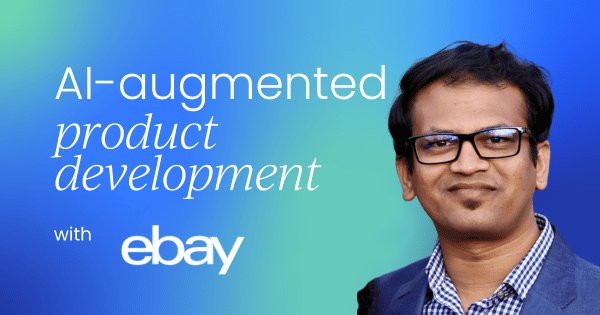Product management requires a product manager to juggle multiple aspects of various product features, ranging from discovery to launch. Artificial intelligence is fast becoming a product manager’s new sidekick.
From the spark of a product idea to refining a mature product, AI is changing how product managers (PMs) work at every step. This doesn’t mean AI is replacing the creative and strategic parts of the PM role.
Instead, it’s augmenting the role, handling the heavy lifting of analysis and routine tasks so that PMs can focus on higher-level decision-making.
In this article, we’ll walk through the key phases of the product lifecycle and explore how AI, from generative AI and large language models (LLMs) like ChatGPT to machine learning analytics, impacts workflows, tools, and expectations for product managers.
We’ll also examine real-world examples and tools, such as ChatGPT, Productboard, Notion AI, and others, demonstrating these changes in action. Finally, we’ll discuss how product managers can stay ahead in an AI-augmented future, adapting their skills and mindset to leverage these new capabilities.

Product ideation and conception
The product journey begins with an idea, and AI is a fantastic brainstorming partner at this stage. Instead of starting with a blank whiteboard, product managers can tap into generative AI tools to expand their creative horizons.
AI brainstorming
Large language models, such as ChatGPT, can generate various ideas or alternative perspectives on demand. For example, if a PM aims to “increase user engagement on an e-commerce site by 10%,” they could prompt an AI like ChatGPT (or Google’s Gemini) for strategies.
In seconds, the AI might suggest loyalty programs, personalized homepages, gamification elements, community forums, and more, many of which might spark avenues the team hadn’t considered. These AI-generated ideas serve as a starting point, which the team can refine and evaluate.
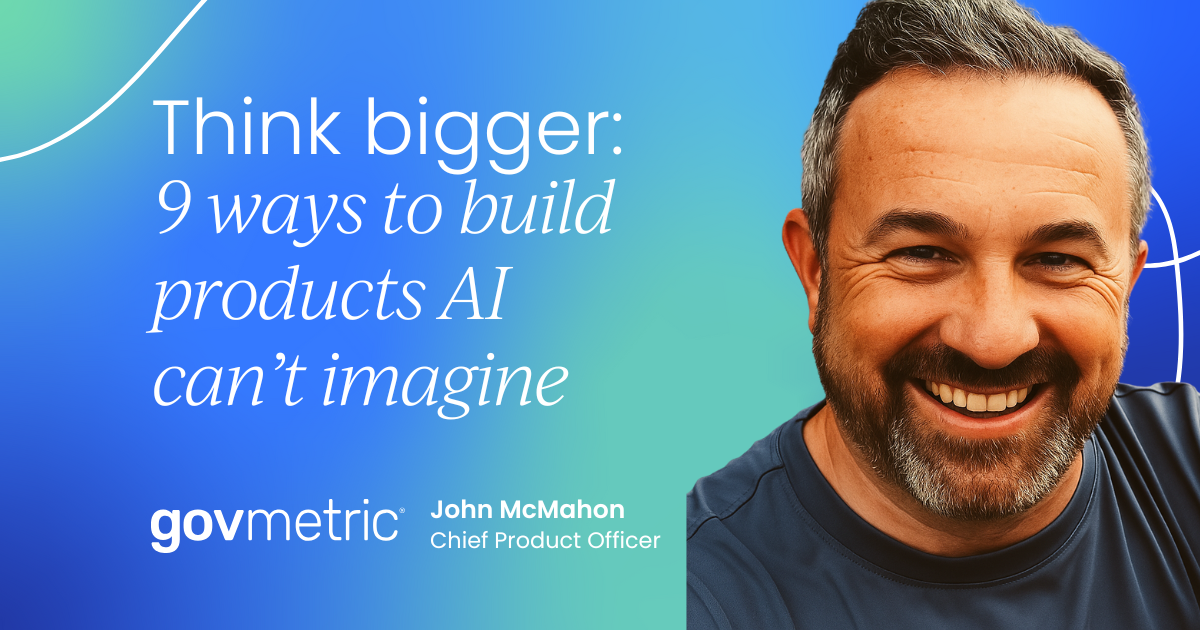
Frame problems
AI can also help frame problems and define product concepts. ChatGPT and similar LLMs are great at taking a vague product theme and helping structure it into potential features or user stories.
A PM might ask, “What are some user needs and pain points around personal finance management for young adults?” and receive a structured list of possibilities, each with a rationale, such as budget tracking, student loan guidance, and saving goals.
Visual mockups
Beyond text, generative AI can create visuals to illustrate concepts during the ideation process. Text-to-image models (e.g., Midjourney or DALL·E) allow PMs to generate concept art or UI mockups from a simple description.
Imagine describing a “mobile app home screen for a fitness tracker that rewards users with a game-like interface” and getting back a rough illustration to help the team or stakeholders visualize the idea.
This was nearly impossible a few years ago without a designer’s help; now, a PM with a creative spark (and a good prompt) can produce early visualizations in minutes. Such AI-generated visuals make it easier to sell a vision early on or to clarify the team’s understanding of a new feature’s look and feel.
Importantly, AI doesn’t remove the human element here – it augments it. The PM still guides which ideas make sense and provides critical context about users and business goals.
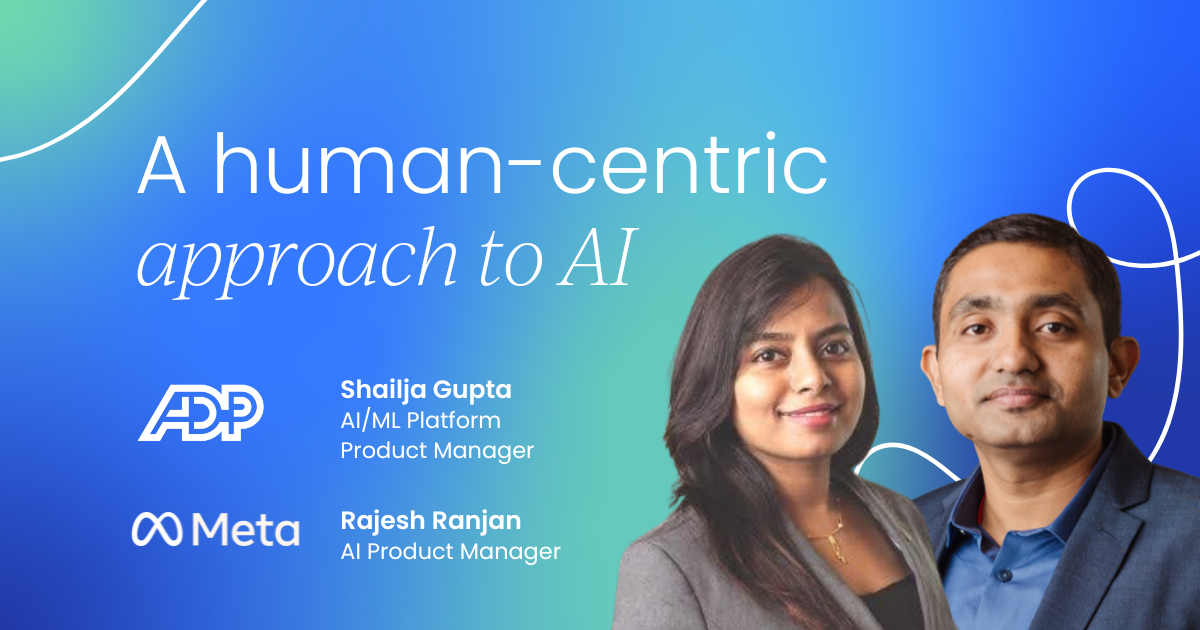
Market research and validation
Once there’s a promising idea, the next step is validating it – understanding the market and users to ensure the concept has real demand.
This is traditionally a phase where PMs become overwhelmed by data, including reading through user feedback, survey responses, industry reports, competitor product reviews, and other relevant information.
Analyzing customer feedback
AI is an intelligent analyst, rapidly sifting through information overload to surface insights. For example, ChatGPT or other LLMs can ingest raw customer feedback and spit out concise summaries of what users are asking for.
A PM could paste a list of user comments from beta testers and ask, “What are the top complaints and suggestions here?”
The AI might respond, saying, “Users find the onboarding confusing and want more tutorials; many request a dark mode; some have payment issues,” essentially pulling themes out of messy data.
According to one guide on AI feedback analysis, these models can “recognize patterns across responses, categorize similar content, analyze sentiment, and generate concise summaries highlighting key themes.” This automated summarization means a PM can extract insights in minutes instead of days.
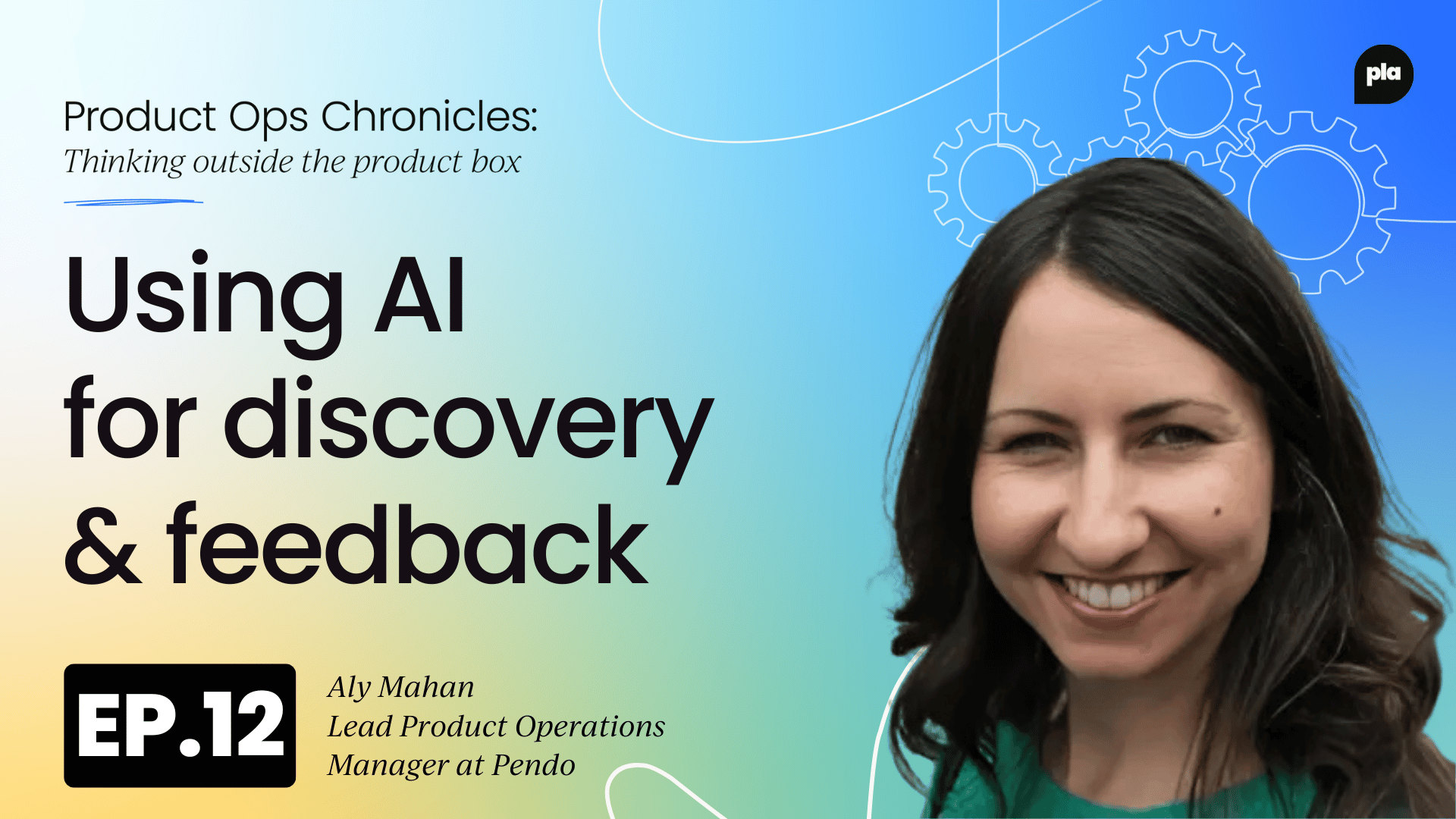
Market research and sentiment analysis
Beyond summarizing, AI can help with market research, trend detection, and sentiment analysis. Machine learning models can scan app store reviews or social media mentions of a product (or a competitor’s product) to quantify sentiment.
For example, discovering that 80% of tweets about a new feature are positive, or that pricing is the most significant source of negative sentiment.
Instead of manually tallying opinions, PMs get a dashboard of trends.
Idea validation
AI also assists in the idea validation part, asking, “Is this idea likely to succeed?”
Generative AI can simulate specific scenarios or user interactions before you invest in building anything.
For instance, some teams use AI agents to role-play as users. Given a prompt about a product concept, an AI can generate a hypothetical user response or even simulate how a user might navigate a prototype.
It enables product managers to move from “I think” to “I know” much faster by providing data-backed insights from vast information pools that no human could process alone in a reasonable amount of time.

MVP design and prototyping
After validating the concept, a product manager often spearheads the creation of a minimum viable product (MVP) – a basic version of the product to test with users. AI is revolutionizing this stage by accelerating design and prototyping tasks.
Creating wireframes
One way AI contributes is through AI-powered design tools. Creating wireframes or mockups, which used to require a designer’s dedicated time, can now be jump-started by AI.
Tools like Visily, Uizard, or Galileo AI can generate UI designs or app flow mockups from simple prompts. For example, a PM could type, “Landing page for a personal finance app with a signup form and a chart of expenses,” and get a suggested layout or wireframe.
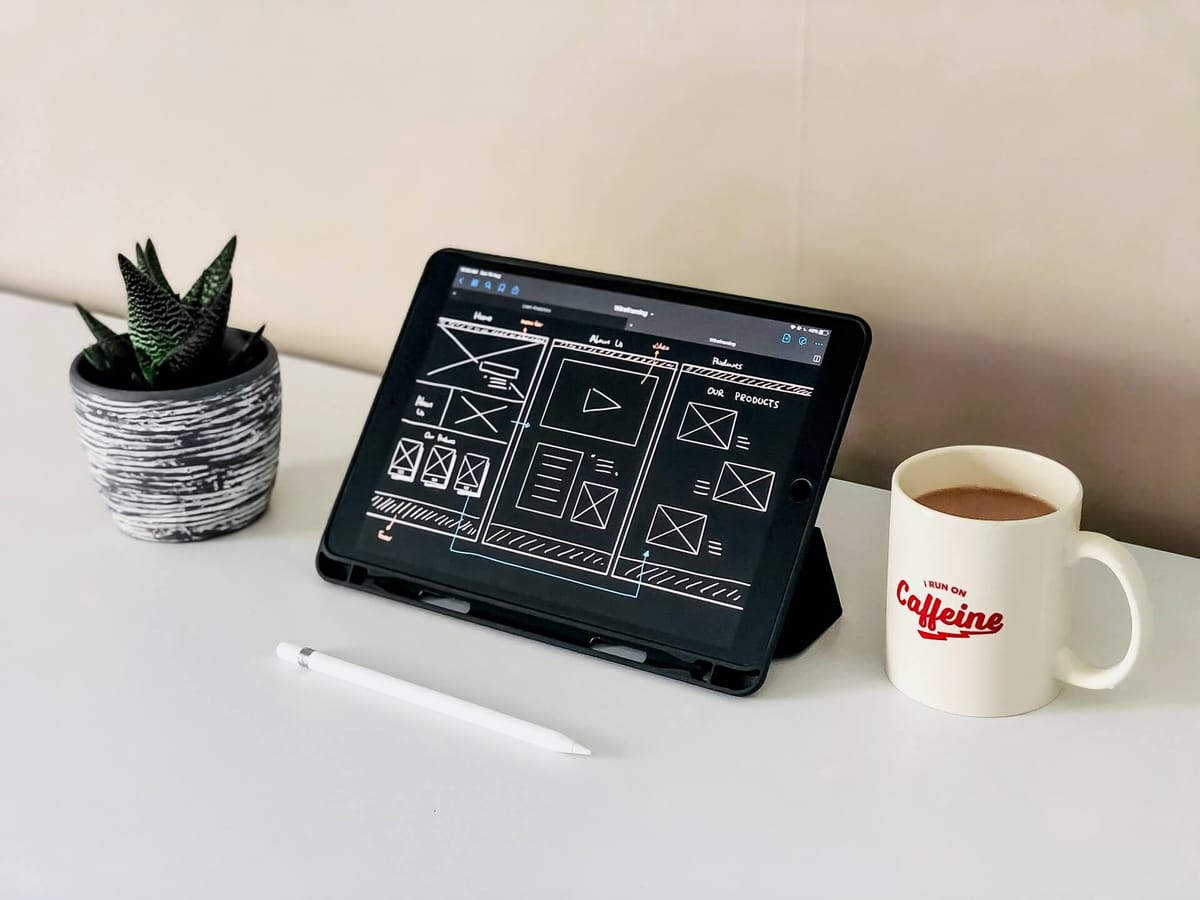
Creating demos
Generative AI for prototyping goes beyond static images.
Some AI tools can produce working prototype code or interactive demos. For instance, once you have a design in Figma (a popular design tool), AI plugins (like Builder.io’s Visual Copilot) can convert those designs into code, automatically generating the frontend structure.
This means the gap between a design mockup and a testable product is shrinking. A PM could go from a written user story to a basic interactive prototype in a single day by leveraging these AI tools – something that traditionally might take a frontend developer a week.
Real-world use cases are emerging: some teams use Mockitt, Visily, or Uizard to create a prototype from a prompt and instantly put it in front of users for feedback.
For example, a PM might generate a prototype for a new mobile app feature on Monday, send it out as an interactive demo to a pilot user group by Tuesday, and use AI analytics to summarize user interactions with that prototype by Wednesday.
By the end of the week, they have data on what worked and what didn’t – all before a single line of production code is written! This kind of rapid prototyping was the holy grail of agile teams, and AI is making it a reality.
Creating documentation
AI also assists PMs in creating documentation about the MVP. Writing a product requirement document (PRD) or user stories can be a time-consuming process.
Notion AI or ChatGPT can help draft these documents based on prompts like “Describe the user story for the core feature of X” or “Generate a first draft of a PRD for the idea we validated, including problem statement, solution overview, and success criteria.”
The drafts won’t be perfect, but they give PMs something concrete to start with and edit.

Development and testing
Once the MVP design and plan are set, the development phase begins, and here, AI acts as a powerful tool for engineers and product managers, streamlining coding and testing.
AI has a profound influence on modern software development through tools like:
- GitHub Copilot,
- OpenAI Codex, and
- Other code-generation assistants.
These AI pair programmers can auto-complete code, suggest functions, and help catch errors, which means engineers can build faster and with potentially fewer bugs.
For a product manager, this translates to shorter development cycles and more frequent releases of incremental improvements.
Testing and quality assurance
These have traditionally been areas where thoroughness is at odds with speed – testing every user flow, catching every edge case, and doing regression tests can be very time-consuming.
AI is changing this balance by automating a significant portion of testing.
AI also gleans insights faster during user testing (like beta tests or UX research sessions). A tool called Odaptos, for instance, uses AI techniques such as computer vision and natural language processing to analyze user testing sessions.
It might analyze a video of a user’s face as they use a product, detect frustration or confusion via facial expressions, or transcribe and interpret their spoken feedback in real time.
By the end of a few testing sessions, the PM could receive an AI-generated report: “Users struggled with the account setup process (noted by 5/6 testers, with facial expressions indicating confusion), and one common verbal feedback was that the instructions were unclear.”
This saves the PM from hours of watching recordings or reading raw transcripts – the AI summarizes it.
Another way AI helps in testing is through A/B test automation and analysis. Suppose a product manager runs an experiment (say, two different homepage designs to see which yields better signups). In that case, AI can monitor the incoming data and highlight the winning version, along with the reasons why.
Lastly, AI can assist in the less glamorous but vital part of development: bug tracking and fixing. Instead of 500 isolated bug tickets, the PM might discover through AI that they all stem from three root problems.
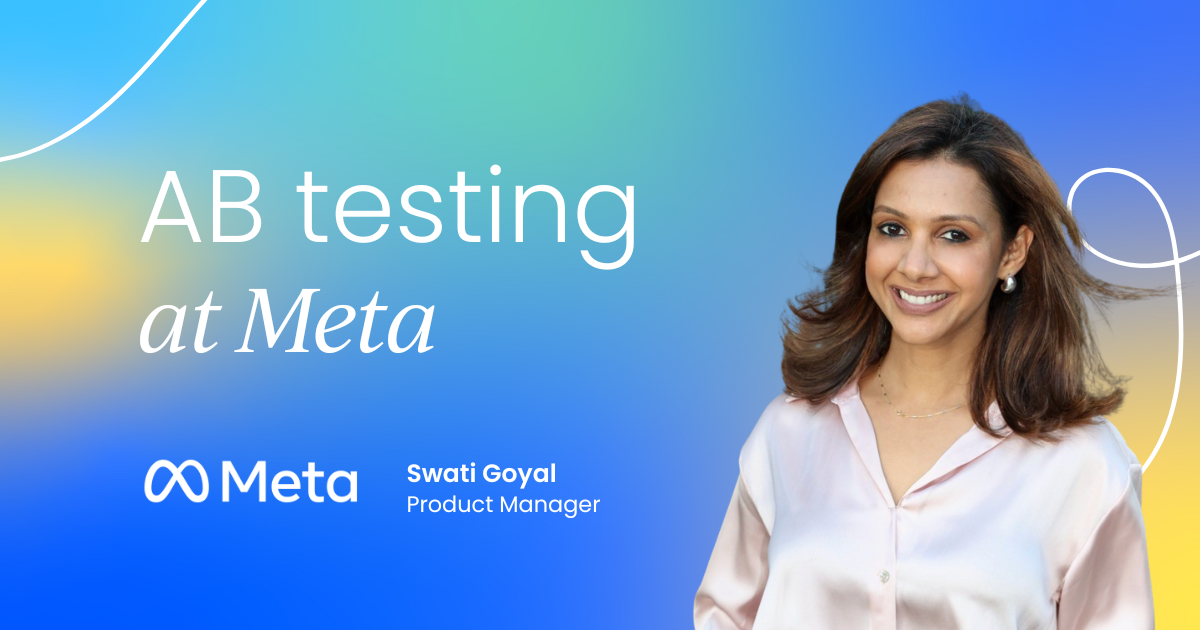
Product Launch
Launching a product (or a prominent feature) is a high-stakes phase.
AI is making product launches brighter and smoother, both in terms of execution and communication.
In the past, a launch involved a lot of manual coordination: preparing release notes, running final regression tests, pushing code live, monitoring for issues, and doing marketing blasts – often all at once.
Today, we have AI helping on multiple fronts during a launch.
Release processes
On the engineering side, AI-driven automation ensures that deployment and release processes are robust and efficient. CI/CD pipelines include AI routines that double-check the build for anomalies.
For example, an AI system might run a suite of automated smoke tests on the new release and automatically halt the rollout if it detects a critical failure or unusual metric. The AI monitors error rates and performance metrics in real time; if something looks off (say, error rates jump or response time slows), it can flag it or even roll back automatically.
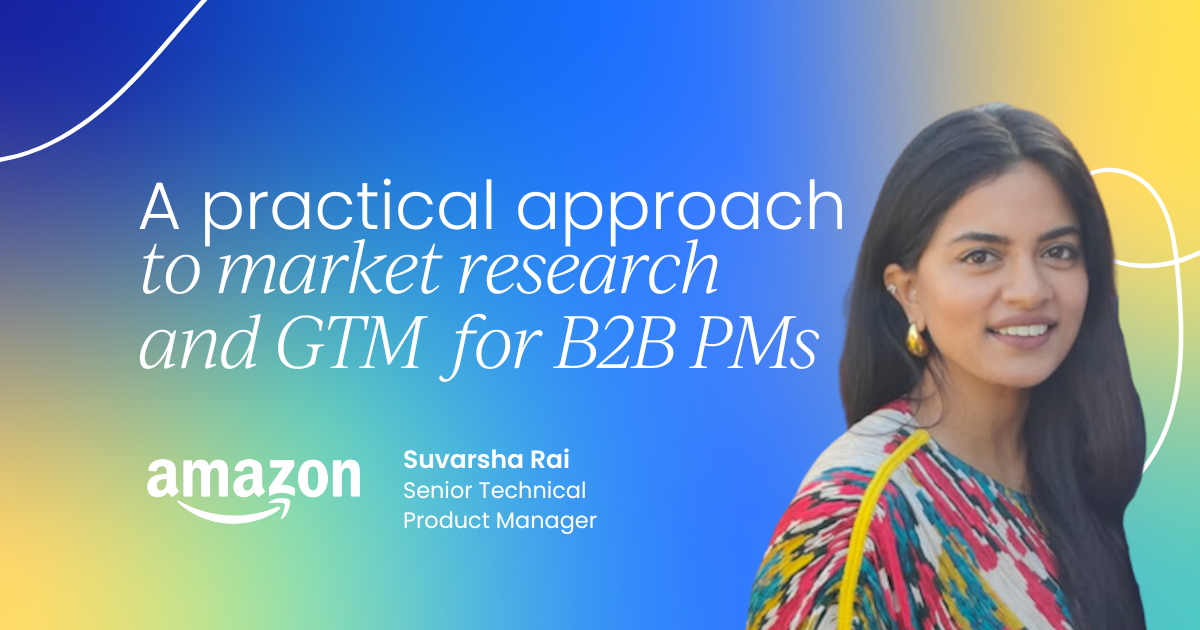
Marketing
Generative AI is a game-changer for PMs during launches in marketing and communication.
Crafting the perfect announcement email, blog post, or release notes can be time-consuming, and many product managers agonize over wording to ensure the value proposition is clear.
AI writing assistants like ChatGPT, Notion AI, or Jasper can take a first pass at these materials.
AI can also tailor communications for different audiences – a more technical version for internal engineers or power users and a more high-level, benefit-focused version for customers or executives – all generated in moments.
Similarly, AI can instantly translate launch communications into multiple languages, which is a massive boon for global products (ensuring your French and Japanese users get the news simultaneously in their native language, with nuance intact).
All these AI contributions mean that a product manager can execute launches with greater confidence. There’s less manual grunt work and more data-driven decision support.
A PM can spend the critical launch day focusing on strategic issues (like engaging with early user feedback or press interviews) while trusting AI to watch the dashboards and even handle initial alarms.

Post-launch optimization and iteration
One immediate post-launch task is often analyzing feedback and support issues. AI tools can analyze and categorize user comments, measure sentiment, and prioritize issues.
Analyzing usage data
Data-driven iteration is another area transformed by AI.
After launch, you usually have lots of usage data: which features are used, how often, by whom, where users drop off, etc.
Machine learning models can identify patterns and correlations in this data that may not be immediately apparent.
For example, the data indicate that users who utilize a particular feature twice within the first week are likely to become long-term customers. An AI could surface that insight by analyzing hundreds of variables and usage trajectories.
The PM can then use that to inform an iteration, focusing the next sprint on making it easier for all users to discover and try that sticky feature.
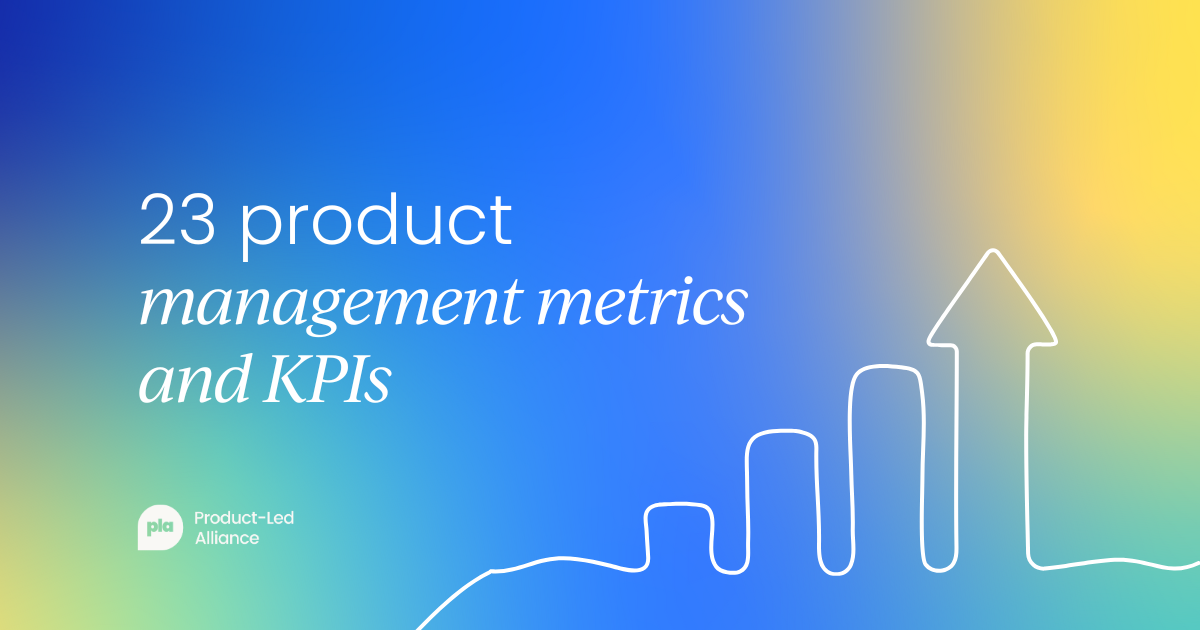
Prioritizing improvements
When deciding on new features or improvements post-launch, AI can inform prioritization.
Traditionally, prioritization is a mix of art and science – weighing user needs, business impact, and effort. AI brings more science to the table.
A PM still applies judgment (especially regarding strategic alignment and edge cases that the AI cannot know), but having an objective recommendation can validate the choices.
For example, an AI might analyze that Feature A could increase engagement by 5% but only affect 10% of users. In contrast, Feature B might increase overall retention by 2% across the board, and if retention is the bigger goal, the PM might choose B even if A sounded flashy.
Experimentation and optimization
Another facet of post-launch is continuous experimentation and optimization.
A PM might always run a few A/B tests to tweak the user experience. AI can handle this orchestration, ensuring that traffic is allocated efficiently and even personalizing experiences if that’s part of the product strategy.
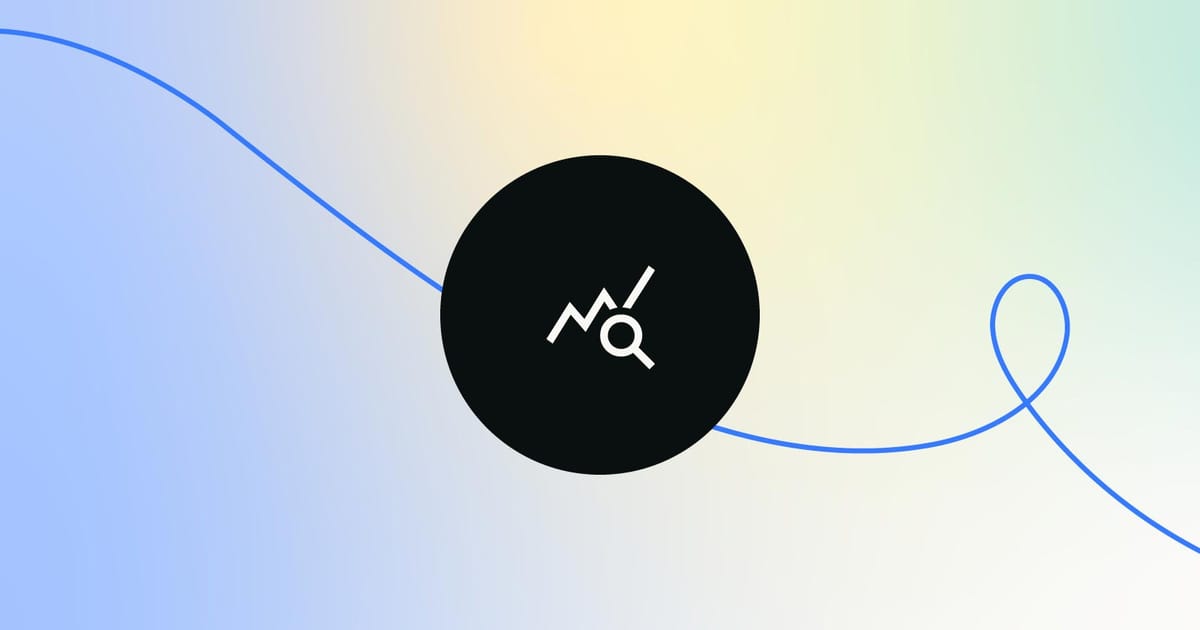
Close the feedback loop
Finally, AI helps close the loop of the feedback cycle by generating reports and insights for stakeholders.
Post-launch, PMs communicate what’s happening to executives, sales, and support teams. AI can generate concise reports or slide drafts that summarize the latest results.
Instead of manually pulling data for a quarterly business review, a PM could ask an AI tool to “summarize the last 3 months of product performance and highlight any significant changes in KPIs” and get a head start on a report.
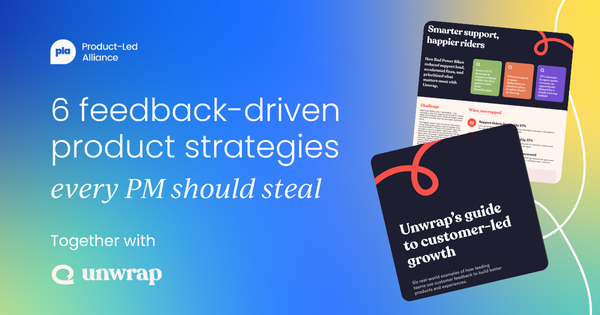
Staying ahead in an AI-augmented future
As AI integrates deeper into each aspect of the product lifecycle, product managers must adapt to supercharge their value.
Here’s how PMs can stay ahead:
- Embrace continuous learning: Understand AI fundamentals through courses or hands-on experimentation with tools like ChatGPT, analytics platforms, or basic Python scripting. A solid grasp of AI helps PMs effectively interpret insights and make informed decisions.
- Develop AI collaboration skills: View AI as a partner. Master prompt engineering and critically refine results. Maintain a library of tested prompts for routine tasks, such as brainstorming, user research, and creating product requirements documents.
- Human-only skills: As AI frees up time from repetitive and mundane tasks, a PM should invest in understanding users deeply, building deeper relationships with cross-functional teams, and gaining a better understanding of how user sentiment is evolving, ultimately leading to a deeper understanding of how the product can grow. Investing AI-driven efficiencies into these areas amplifies your value as a PM.
- Collaborate with AI specialists: Partner with data scientists and internal AI teams to leverage their expertise. The PM should leverage their knowledge in the field to interpret AI insights, understand tool hallucinations, and develop custom solutions. Effective cross-functional leadership, including collaboration with AI experts, positions PMs to deliver innovative, intelligent products.
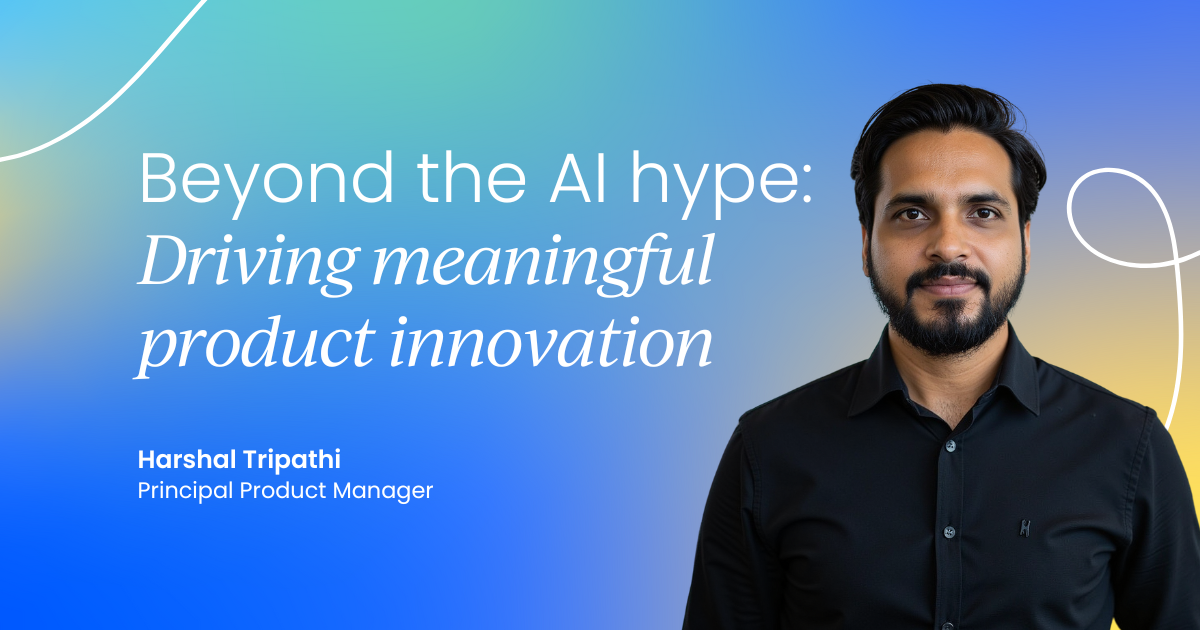
Final thoughts
In summary, the dawn of AI in product management is not a threat to the role but an enhancement.
The role of the PM is often likened to being the “CEO of the product,” just like a CEO leverages the best tools and delegates tasks to focus on vision; a PM should delegate to AI where it makes sense and focus on what humans do best.
The product managers of tomorrow will be those who are adept at weaving AI into their process – using data to drive decisions, automation to execute faster, and insights to delight users – all while providing the human judgment and creativity that ensure products truly resonate.
By staying curious and adaptable, PMs can turn AI from a buzzword into a superpower in their career, leading to more innovative products and happier users.



 Follow us on LinkedIn
Follow us on LinkedIn














